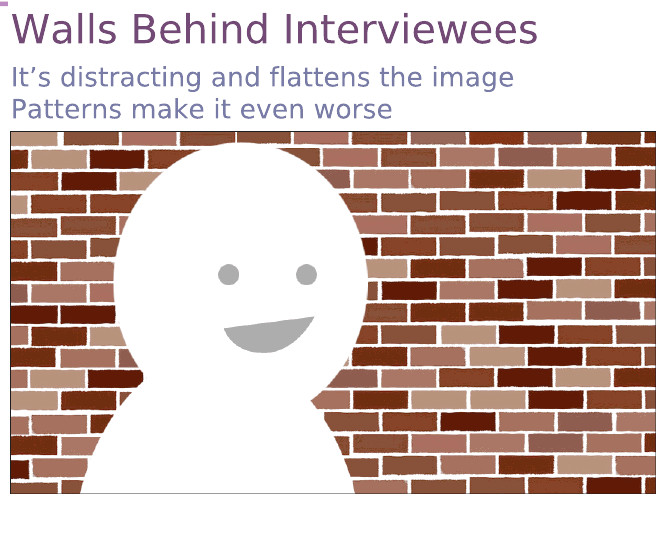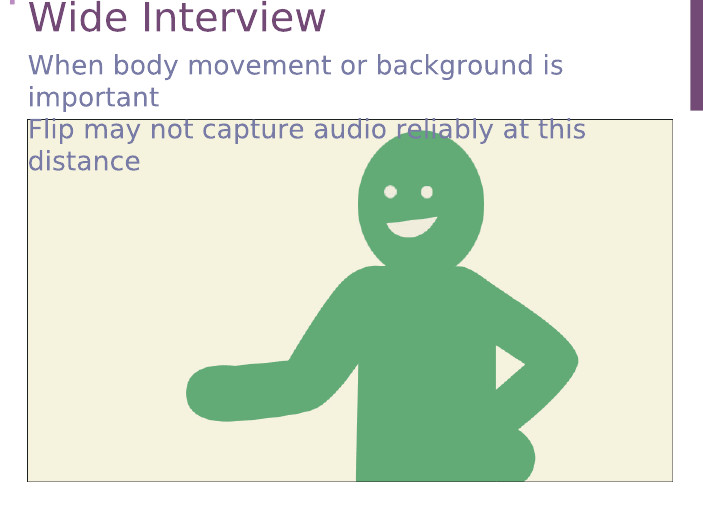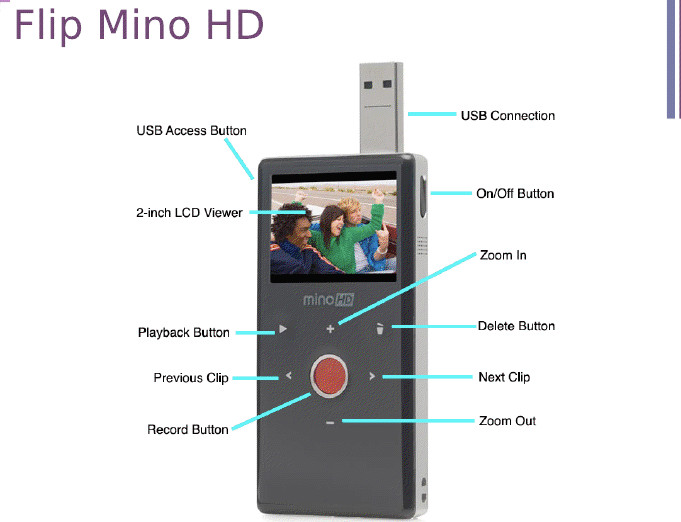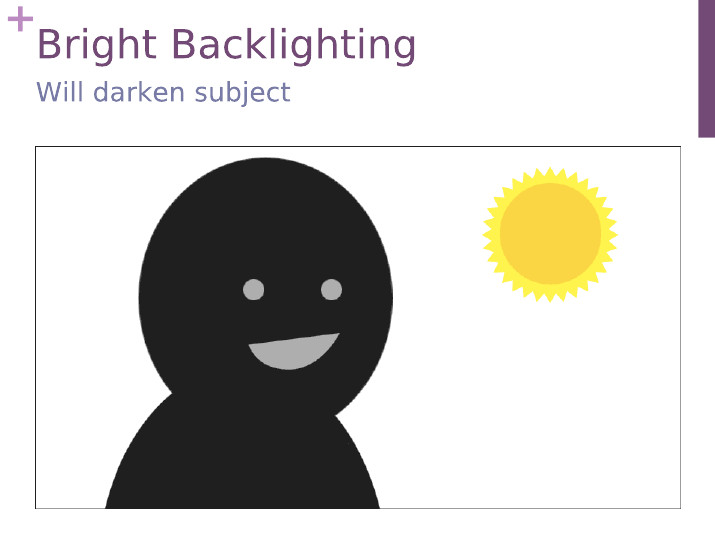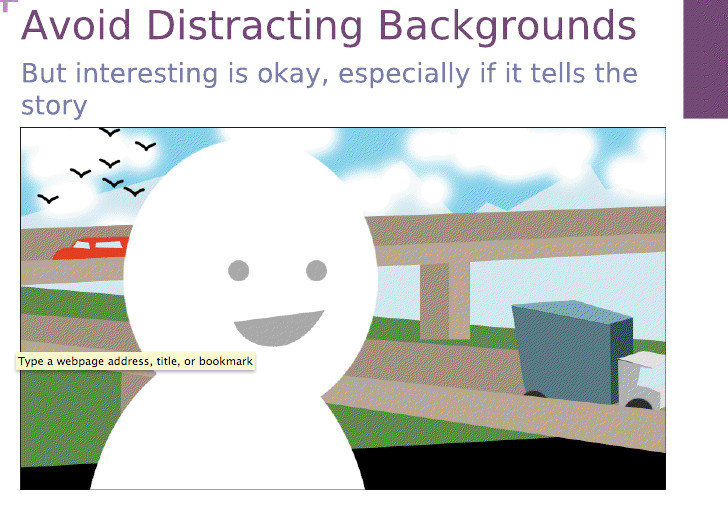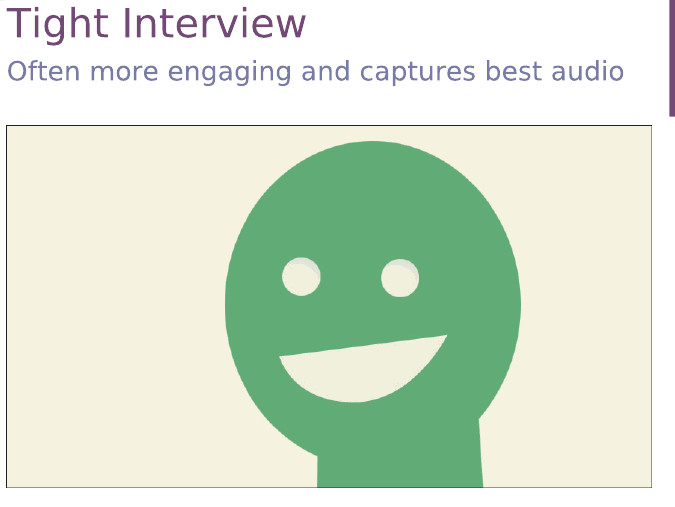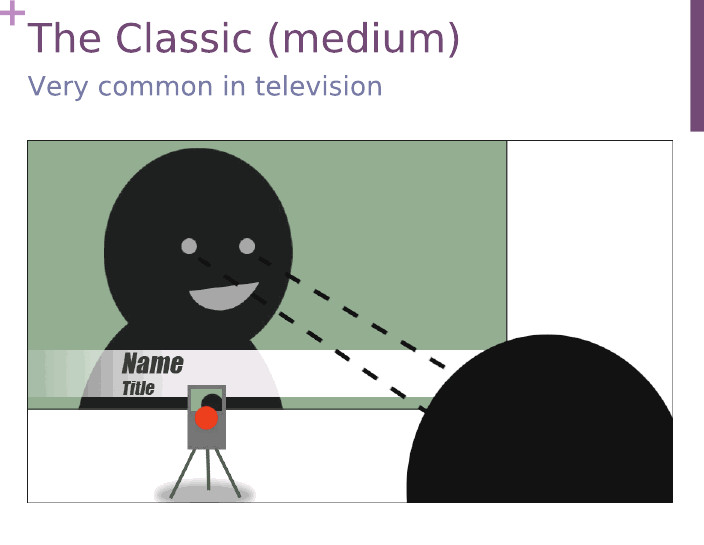Use this video "starter-kit" for sales reps
15 basic tips with diagrams for sales people shooting video
Digital First Media was one of the first print companies to give video cameras to sales reps and reporters. But what kind of training do sales people need to use the devices in the field? At the Pottstown Mercury, video sales projects range from multi-media dining guides to Bartender of the Year Contests. Jared Semet, Online Sales Manager, shared this video starter kit.
Here are his tips, with some additional pointers:
1. Buy everyone the same camera/phone
JRC bought all Flip cameras, a dirt simple camera that made training reps a breeze. Unfortunately Cisco bought out the company that makes ultra-simple Flip and killed it. Smart phones do not work as well, primarily because they don't easily mount on a Tripod and the sound and picture quality vary with the make. If you are sharing a camera, train formally on using it.
2. Plan shots and use a tripod
Using a tripod improves the quality of the video about a thousand percent. Most amateur film-makers like to walk around which does nothing to enhance the shots. Using more than one set-up adds interest, but following someone on camera rarely works. Panoramas can be taken by moving the camera while it is on the tripod.
If a tripod is not practical, prop your arm holding the camera on any solid object.
3. Get digital logo and shot of the advertiser's building
You may need something to identify the property and brand; it's always useful to have these on file to slip in the video if you need them.
4. Understand Tight, Medium and Wide angles for interviews
Tight interviews have high interest and often the best audio, but don't show action or portray the brand very well (see images to the right).
Medium shots are the classic look for television interviews, while wide shots convey a send of place (see images to the right), but may lose sound quality.
5. Avoid busy backgrounds... but interesting is OK
Busy backgrounds are distracting and can contribute inadvertent messages (think Sarah Palin with the turkey being slaughtered behind the interview, ouch!). Some backgrounds, however, can add interest, such as the theme and décor of a merchant. The point is to simply "look" at what you have.
6. Avoid walls behind interviewees
Wall flatten the image and can be distracting, especially walls with patterns. If the interview is a tight shot this matters less.
7. Avoid backgrounds with things that "sticking out of heads"
See image to the right for an example; visually the image should be framed.
8. Check that there is not a lot background noise over the audio
Background noise kills interviews. Make sure the place is quiet and play back to see how much is picked up. Again, the closer the camera to the interviewee, the easier it is to pick up the sound.
9. Avoid strong back lighting...but turn on the lights!
Unless the interviewee is in the witness protection program make sure there is no strong back lighting that darkens the image. When filming inside, make sure there is enough light.
10. Everyone wants to be a star
Let them! People are always more interesting than, say, store fronts. Plan a list a simple questions.
11. Discuss the plan with the advertiser ahead of time
Here are a few ideas: Action shot of bread-making at the local restaurant, owner interview, panoramic view of the salon to give a flavor of it. Write a script, or submit the questions in advance.
12. Have a formula
Sometimes a simple fall-back a formulaic interview can add interesting video without allowing overly complex filming. One "Best of" contest asked the same few questions of every winner, then edited out the interviewer's audio, for an "easy" video that made the "Winners" human and interesting. This takes the kind of confidence that comes from a broadcast company, but with a little practice is easy to replicate.
12. Avoid "zooming,' panning back and forth and special effects.
It's hard to make a zoom in look good - most show up as jumpy and too fast, making the audience aware of the cameraman. The same goes for panning back and forth; it introduces the cameraman as a subject. So keep panoramic sweeps in one direction. Leave special effects for the professional editor. Most will only ad an element of amateurism.
13. Use professional editing
Unless you have a great production set-up, it's easier to send out the video for professional editing, which is just as important as the shots. Cheesy music and bad jumps won't fly in major markets. JRC uses Affinity for their editing, however, there are a number of other companies.
14. Use trial and error to get better
The most important thing is to shoot a few spots and get used to using the camera. Sales managers - give cameras to your team and let them experiment. Have fun!
Many thanks to Jared Semet, Online Sales Manager, for sharing some of these tips he has used to create video for the Best Bartender Contest, a multi-media dining guide and a holiday map.

The author, Alisa Cromer is publisher of a variety of online media, including LocalMediaInsider and MediaExecsTech, developed while on a fellowship with the Reynolds Journalism Institute and which has evolved into a leading marketing company for media technology start-ups. In 2017 she founded Worldstir.com, an online magazine, to showcases perspectives from around the world on new topic each month, translated from and to the top five languages in the world.

